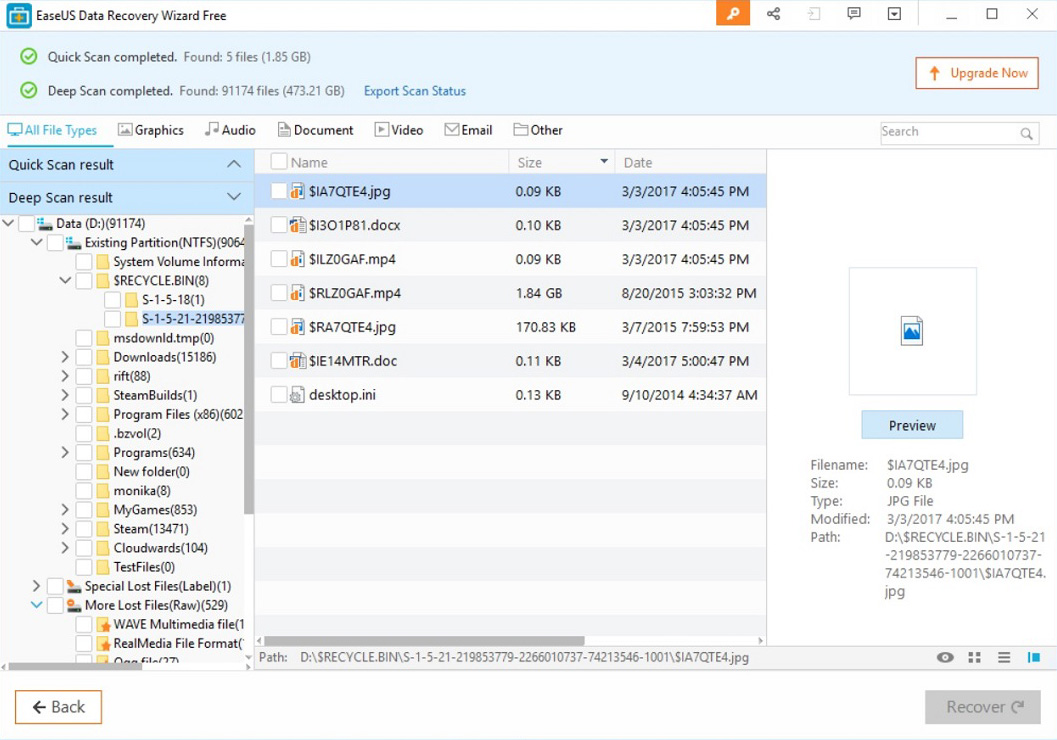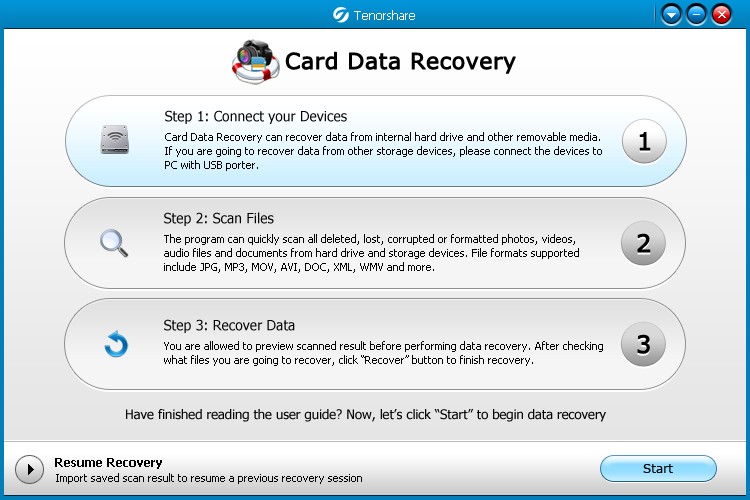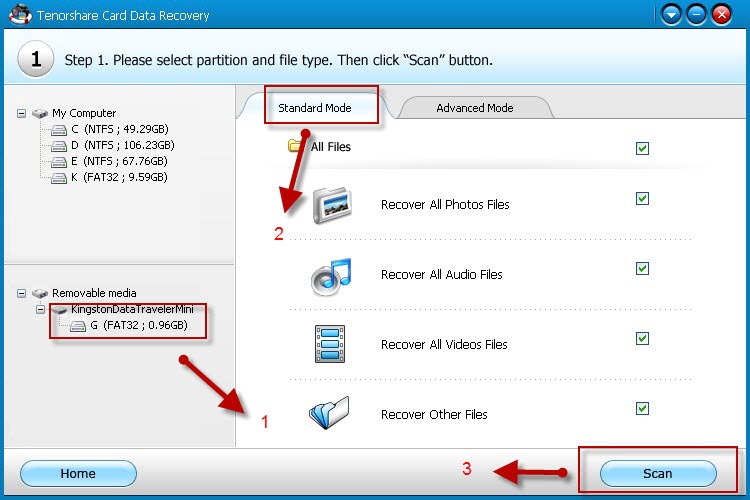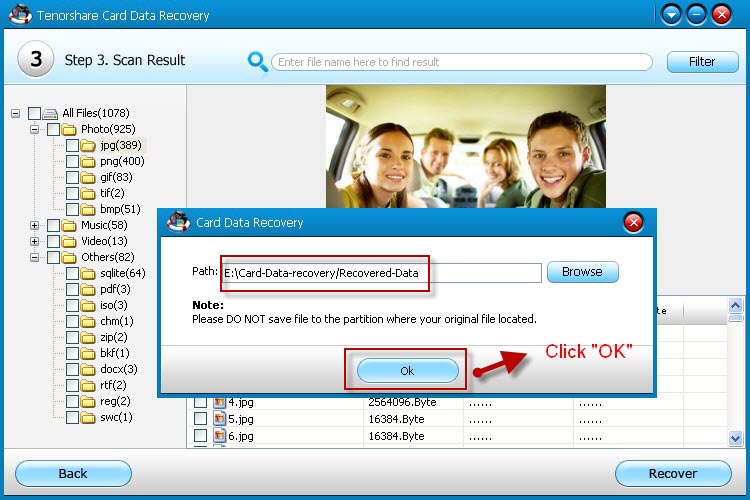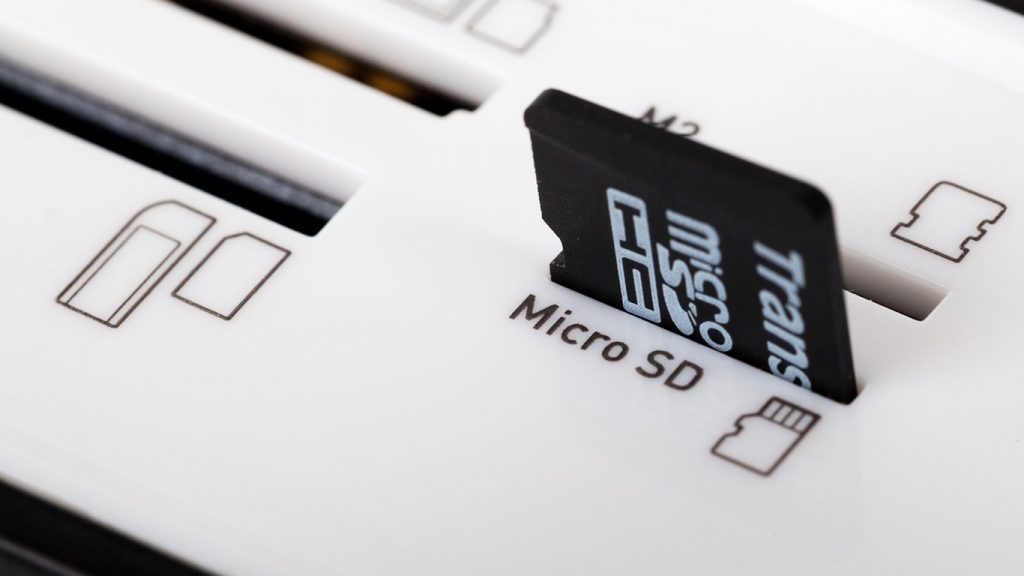
Right off the bat, you might wonder how someone loses their photos. However, once you find yourself in the same situation, you can understand exactly how. Whether it’s via an accident (deleting or formatting), or maybe the files have gotten corrupted somehow, the outcome stays the same. You’ve lost hope, and there were pretty important things on a memory card. And no wonder – almost every portable device we use, whether a camera, a smartphone, or a tablet – there’s usually an SD card inside, and it spans to 128 GB in some extreme cases. That’s a lot of data to be lost.
When you delete or format a file, the data itself isn’t actually lost. At least not right away, that is. The operating system actually deletes the link (like an address) to the file, and if you act quickly, the file can be safely returned. If you wait too much, however, another file transferred to your PC can take its place, and there will be nothing you can do anymore. Let’s get to a couple of viable, free options you have to recover the photos you deleted from an SD card –
Method 1 – Use EaseUs Data Recovery Wizard
We can’t go further until we mention this free software, considered one of the best, if not the best by many users. In fact, we ourselves have done a review of EaseUs Data Recovery Wizard, and let us tell you – it’s worth it. Apart from memory cards, it supports other devices like mobile phones, tablets, HDD partitions and much more. It’s very user-friendly, and the process is pretty straightforward, requiring no particular skills on your side. Allow us to guide you through the process.
- Plug your SD card via a card reader – Many new PC cases have card readers, so look for that slot – it’s usually at the front next to USB 2.0 ports. However, sometimes the motherboard doesn’t support it, so you might have to look for an adapter, or plug it into a device and connect via USB.
- Download and open the program – The free version does as good of a search as the Pro one, and we thank the people behind the company for that. They do not require any money for you to get your files back, like some apps on Android. If you ever come across that, it’s basically a ransom and a scam, so kindly avoid it.
- Click Scan at the bottom of the window – The window will look familiar to you, giving you a list of hard drive partitions, as well as the memory card you plugged in. We think it’s intentional, as they tried their best to have users be comfortable using the program.
- Wait for the scan to finish – The program does a quick search at first, but once that part is over, a deep scan starts, uncovering pictures you thought were lost forever. Luckily, EaseUS Data Recovery Wizard supports image preview inside, so you can take a quick look.
- Comb through the images, and save them – Not all of them were deleted by accident and should probably stay that way. Tick the images you want to be saved, and of course, save them on another partition/flash drive to keep them safe.
Method 2 – Use Tenorshare Card Data Recovery
Another great option if you like their interface better, as it has a pleasant green color. Tenorshare has many utilities and tools under their belt, and they’re all built towards helping users get back on their feet, and quick. While it’s a little unclear whether you can do it all for free, via a Trial version of their software, the capabilities are endless with this one. Not only does it support SD cards, CF cards, memory sticks and duo sticks, but it spreads to over 300 file formats. That’s essentially everything you’d ever need. It’s compatible with both Windows and Mac, and the process is very easy to follow. Let us guide you:
- Plug your SD card into your PC – Don’t worry if the PC doesn’t read it at all or it has trouble reading data off of it, that’s where the program jumps in and saves the day.
- Select it from the list of drives.
- Choose a Mode before scanning – You might’ve noticed two modes on the left. Standard Mode scans for a plethora of file formats and helps you recover them. On the other hand, if you’re looking for pictures or videos specifically, you should use Advanced Mode. You’ll be able to specify what exactly Tenorshare Card Data Recovery should search for, making it faster and more precise.
- Give it some time to find data – Depending on how vast and thorough you ordered the search to be, it can take some time. It isn’t unheard of if it takes half an hour or more – it all depends on the SD card storage memory and the strength of your CPU.
- Review the results – As you can see, the program allows you to preview everything that was discovered at the end of the search.
- Recover the data you think is important – There might be a lot of files you don’t want back or just junk you previously deleted. Save the files you really want back, and enjoy your memories once again.
Method 3 – Contact a Data Recovery Expert
It is true that most of these third-party tools claims to have 100% or near 100% success with recovery, but sometimes you have bad luck, or quite harshly – it’s your fault. Once you discovered files are corrupted and missing, you should instantly stop copying new files or further changing the storage on the SD card. Like we previously mentioned, it’s absolutely possible for a new file to take place of the deleted one, and in that case, it’s gone forever. There are tons of free programs for you to download, so you might give them a try, too. But, in our opinion, either of these two should do the job correctly, easily, and without any hassle on your part.
With that being said, if none of the third-party tools are successful in recovering your lost photos from the memory card, then your next best bet is letting an expert take a look. It is absolutely vital that you choose an experienced company or expert. You are trusting them with your data. An inexperienced person could completely destroy all your hope of getting those valuable photos back.

